For a man who was awarded Head of State commendation in the last year of President Uhuru Kenyatta’s presidency, John Stuart Armitage is one of Kenya’s most invisible people. The British national tied to the Kenyatta household wealth has links among local elites and British aristocracy that saw his son, Michael design the new one-pound coin, which entered circulation in 2023.
His name has recently returned to the spotlight as President Kenyatta’s secret keeper of company records appearing as a director scores of companies straddling Enterprise Kenyatta- Enke Investments, after Kenya witnessed the largest data leak that pulled down the corporate veil of the web of companies concealing ownership of the country’s elites.
Mr Armitage one of the only two non-family members that sit on the Enke Investments board, and also sits on boards of, Brookside Dairy, NCBA Bank, affordable housing firm Koto Housing, hospitality service provider Heritage Holdings and other firms numbering nearly 30 in the Kenyatta empire.

Read also: The Rapprochement of Uhuru Kenyatta
And that while that may have been as much as is known of them, my work as the librarian to their little family recluse on the most southern tip of Lamu, a paradise I must say, ushered me inadvertently into the domestics of the most powerful families in Kenya.
A paradise in Lamu
The Armitage daughter owns a reclusive sanctuary on a remote island of Lamu. Standing on the shell-bathed shores of Kipungani Island, gazing yonder upon an endless horizon of ocean water and staring directly into a copper 6pm sun so large, it looks like an oversized cookie trying to dip itself into a mug smaller than its diameter, breathtaking.
I stood by the glass-bottled walls of Kizingo’s Kasuku Bar & Restaurant with Nicola and Kizingo’s manager, Pauline, as Nicola relayed the assignment of bandas for her respective family members.
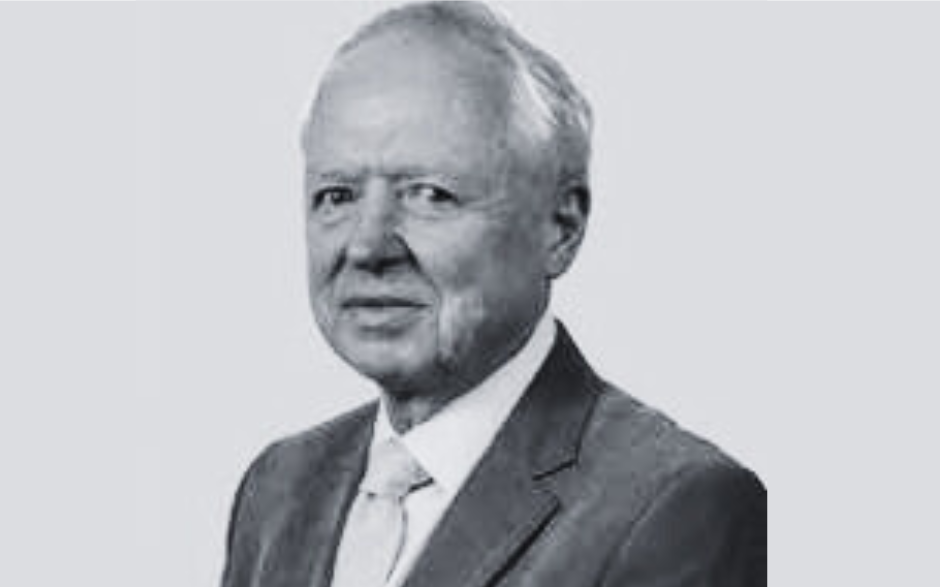
“My family is coming this week,” Nicola, my employer, updates me. At age 30, Nicola conceptualized, designed, and above all, owns, Kizingo Beach Eco-Lodge: a rustic banda-style resort on Kipungani Island.
Kizingo is made up of eight bandas, each uniquely named and themed after a particular eco-system and/or natural phenomena. With names such as ‘Coral Reef’ ‘Deep Sea’ ‘Dunes’ and ‘Night Sky’, it’s safe to say that no two bandas are alike. Add to that their expansive and generous spaciousness, and you could argue that the bandas are an eco-system in their own right.
“Let’s put my parents in Coral Reef so that they don’t have to climb stairs all the time. My brother and sister-in-law can go in Deep Sea, I know they’re gonna appreciate the view.”
What cannot be painted
When she asked for the view, it clicked instantly in my mind as the rooms with the most fascinating vistas, the selling point of this paradise.The view is through an A-Frame window directly facing the Indian Ocean, softly vignetted by mangrove and date palm branches.
I recalled how a few sunsets prior, Nicola and I sat drinking honey ciders and waxing existential about life, family and purpose (as one sometimes-does-but-maybe-should-not-do-with-their-employer) on the swing bed hanging off the edge of the Kasuku Bar. My feet were pointed in the direction of the sunset when she casually finished her sentence with, “My brother is probably one of the most famous artists in the world.”
I heard her say this. Like I heard it with my ears- her brother’s collection of works stood in the art section of Kizingo’s Paradise Library. Now these are nor ordinary pieces because Michael Armitage is no ordinary artist.

In 2019, The Conservationists, one of Armitage's paintings, a phantasm of a man and woman backdropped by countryside green, sold for over USD 1.52 million at Sotheby’s New York. That is equivalent to KES 177 million. Or GBP 1.2 million. In 2021 he was featured at the venerable Royal Academy on Picadilly in London a rare honour for so young an artist. And in 2022, the then Chancellor Rishi Sunak of Her Majesty’s Exchequer, named him the visual artist, who would design the new one-pound coin, to mark the coin’s 40th anniversary.
I had seen his art before, but never made the connection. I perused through them frequently in moments of calm reprieve as I did with the other art books, and yet for some reason- my brain at the time did not, or could not, comprehend the magnitude and depth of her brother, Michael’s, art and career.
Born and raised in Kenya before setting out on his pilgrimage of artistic training in Britain, Armitage’s viridescent large-scale paintings tackle themes of religious opioids, the power dynamics of politics vs. the people, and Western Modernism set against a backdrop of East African subjects and motifs.
Man in a Hawaiian
When the lodge’s speedboat affectionately christened ‘The Nini’ dug into the sand harbour of Kizingo and we, the staff, exercised our duty of hospitality (and job descriptions) by ushering Nicola’s large family into the lounge for guest orientation- I couldn’t help but remark at how much Michael Armitage did not look like a world-famous artist.
In his Hawaiian shirt and beach shorts clearly earmarked for holiday, all I saw was a slightly older, slightly paler (my boss’ skin in comparison having been tanned by the Lamu sun), slightly rounder male version of Nicola.

As Kizingo’s de-facto librarian, I showed Michael the display of his collection of art in the library to which he chortled and remarked, “Where did you even get this?”
The ‘this’ he was referring to, is a slim art book fondly donated to the library by his sister; a book so sandwiched between his larger collections one can hardly spot it. His first ever published collection of art, which he published himself on a Macintosh while still studying at The Royal Academy of Art.
But I could not stop thinking whether Michael Armitage was an expected product of his circumstances, one of affiliation with political plutocrats and an abundance of resources that have led him to this prestigious turning point in his life where he has been exalted with the task of designing the pound itself?
Or is his rise and designation in spite of the fact? Is it a self-aware attempt to balance the scales through the narrative power of art? To tell the untold stories of Kenyans to an elite global audience as a plea on behalf of their plight? The story of their oppression under a government that seeks to improve the standards of living solely of those that wield power and their inner circle?
A paradise lost
It was no coincidence that Chancellor Rishi chose Michael for the honur of constructing the symbolism the rich tapestry of modern Britain and its deep heritage and history deeply rooted in colonial Kenya. Both were born among the British aristocracy with Kenyan roots. Rishi to a Kenyan born father and Michael to a Kenyan mother.
Mr Armitage was born to a Kikuyu mother and a Yorkshireman father in 1981, and is arguably Kenya’s biggest export to the global art scene since Wangechi Mutu graced the halls of the MOMA (Museum of Modern Art, New York).
His art is deeply historic and investigative of the Kenyan colonial project and the Frankenstein of contrasts it has grown to become, capturing the violent ruptures and attempts to hold the the country together.

In his latest collection of work, Paradise Edict, Armitage takes us on a time-travelling journey to the past by dropping us right into the heart of the present. Through verdant grassland backdrops where human and beastly creatures are thematically inter-changed, Armitage challenges a nation, historically marketed to prospective colonial settlers as a savannah wonderland of untapped promise, and juxtaposes it against the disillusioned and the relentlessly hopeful and native birds of paradise, and their plights of suffering beneath Kenya’s political plutocrats.
His piece, The Promised Land, which first exhibited at the Museum of Contemporary Art in Australia, is an abstract imagining of Kenya’s 2017 presidential campaign season, whose promises of leading Kenya to Canaan, akin to the Israelites quest for the promised land, was the political song of the zeitgeist. But any Kenyan in Kenya knows how the tune changes once campaign season ends and ballots are cast. Like pawns on a chessboard, the same political leaders are shuffled around by the powers that be, national resources are pillaged and plundered, and nothing really ever changes- save for a new highway here or there.
Armitage’s dream-like brush strokes imply that the dream of Canaan is a dream that never sets foot in reality, or that the dream is a nightmare from which Kenyans never wake.
A home guards' dream
One could argue that a Kenyan being tasked to compress all that Britain is onto the very masthead symbol of Britain is a case of colonialism as an ouroboros coming back full circle. A freedom fighter’s dream, or even a home-guard’s dream?
Did the ‘natives’ of his mother stock, Bildad Kaggia squatting in his lone Lakitaung cell throughout the ‘50s, imagine that this was what uhuru could be, empire turning to colony for to inspire its self-image of a fledging power or did they see right through the manipulation of empire depicting itself, real and figuratively.
Here were the scions of Kenyatta and Armitage at the world stage one exiting the stage as the President of the colony, the other chosen by former imperialist masters, now known as The Commonwealth, to create the design of the face & tail of the ubiquitous £1 coin. A symbol of what the United Kingdom represents pressed into bronze, designed by a 21st century Kenyan - a fruit of post-independence ties.

The history of the pound is best understood when juxtaposed against the shilling, once known as the rupee. For Kenyans, the shilling was first introduced as legal tender in the form of imposed punitive taxes. A shilling which Kenyans did not possess, therefore a system of forced labour was introduced to ‘help’ the Kenyan acquire the shilling if they wanted shelter, food and necessary luxuries.
After independence, the Americans converted the shilling into a store of how much dollars we held as a country which reflected on its value. During Kenyatta’s presidency, Kenya imported the largest store of dollars that not only stabilized the shilling for a decade but also allowed him to construct shiny expensive infrastructure.
By the time Kenyatta ended his ten years in power, both the Kenyatta’s and Armitage’s would have their businesses worth multi-billion dollars.
But these dollars were borrowed and hard to come by, and we needed two for every one taken out, effectively selling everyday Kenyan labour into debt slavery for generations; to pay back the dollars and pounds mostly to investors in the London Securities Exchange.
Chia Kayanda
Discover more from Orals East Africa
Subscribe to get the latest posts sent to your email.
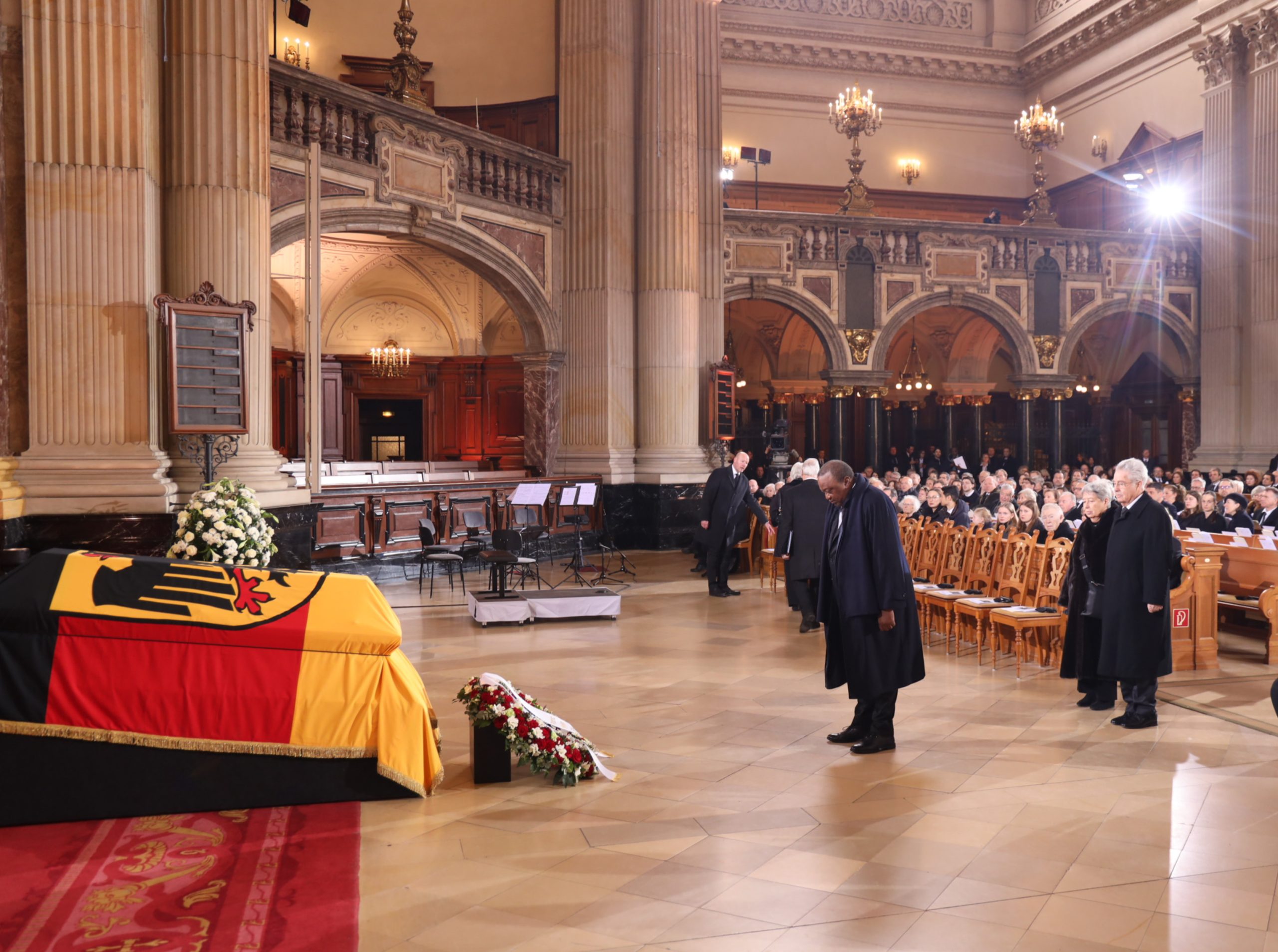
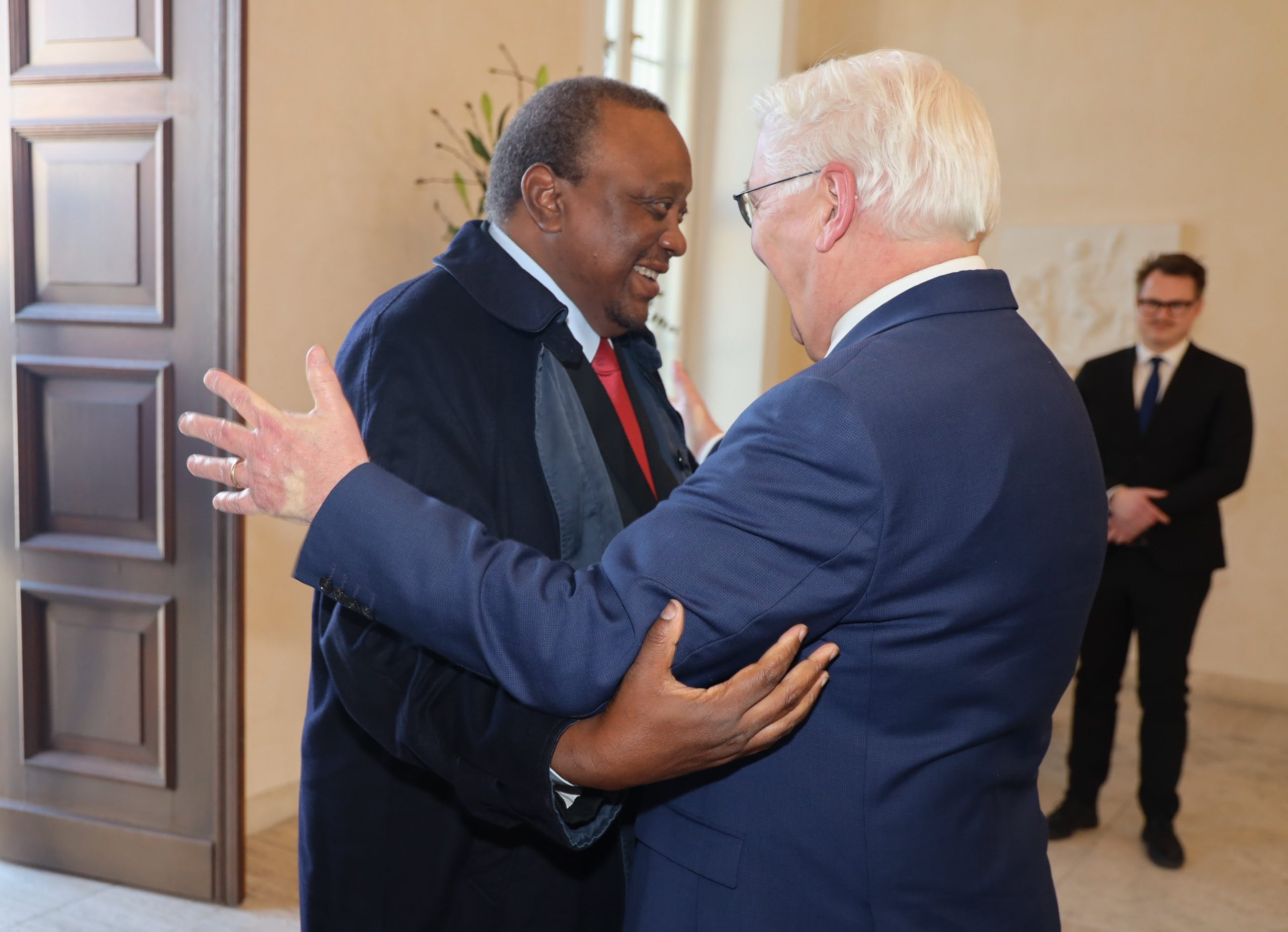
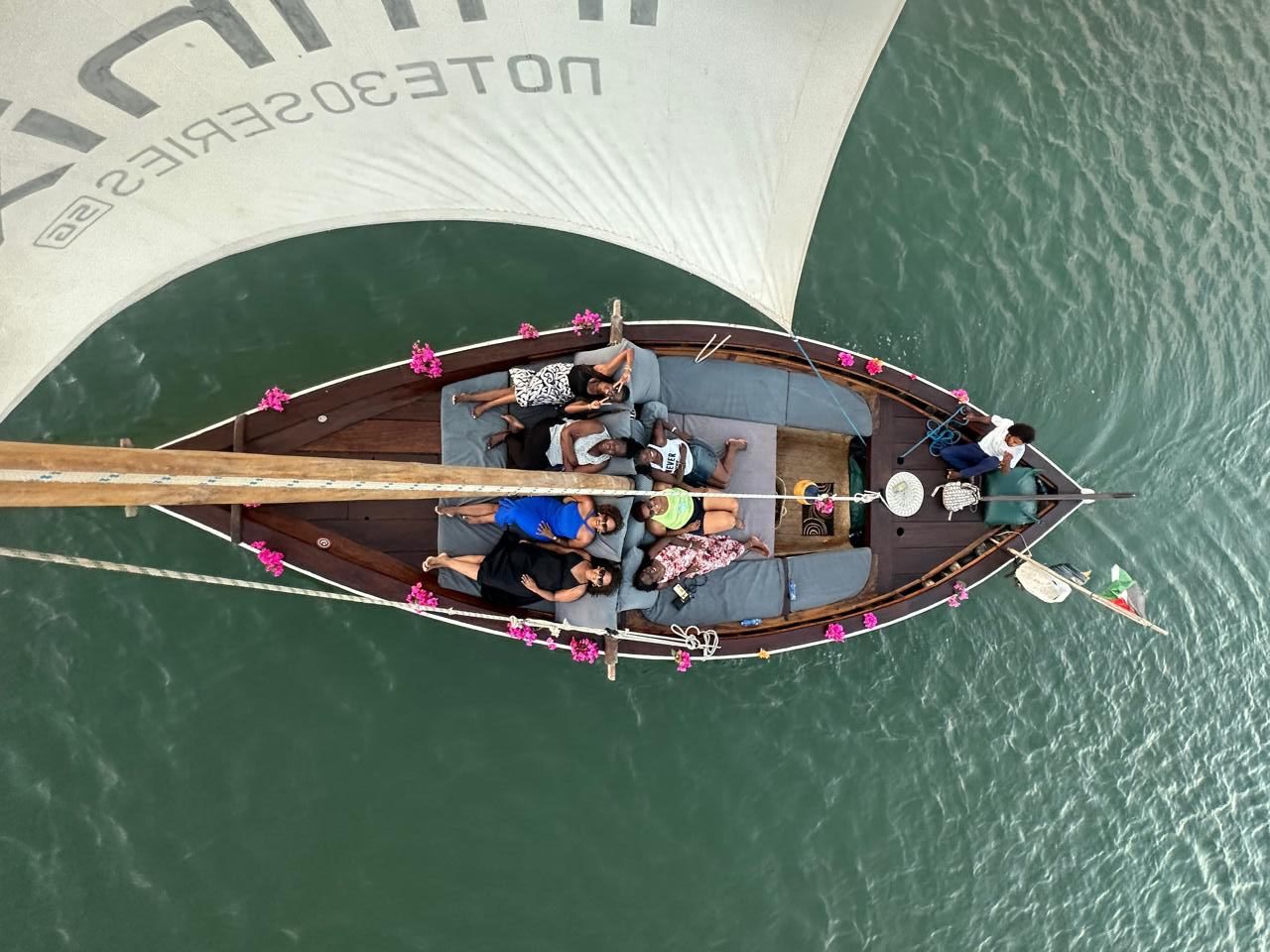
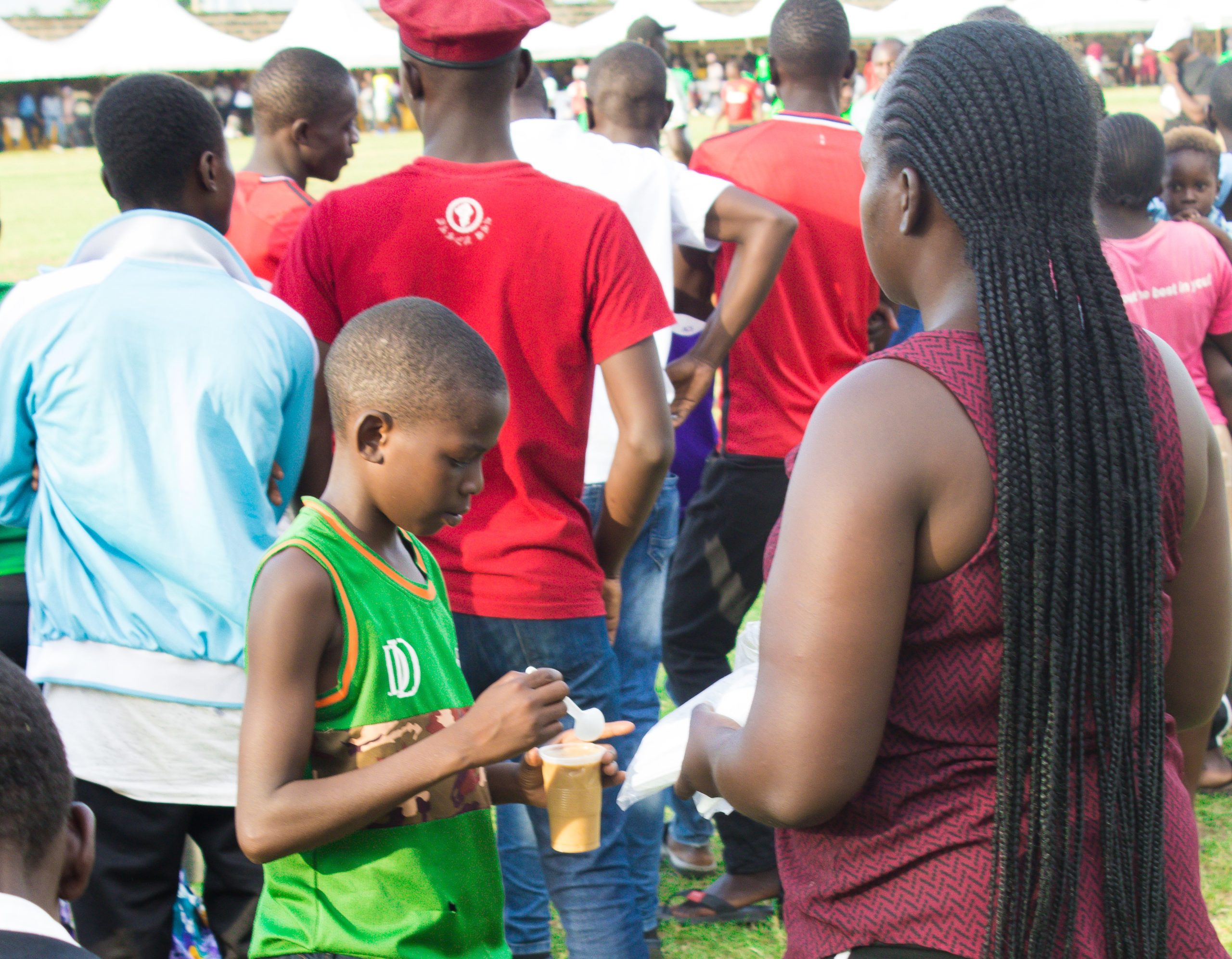
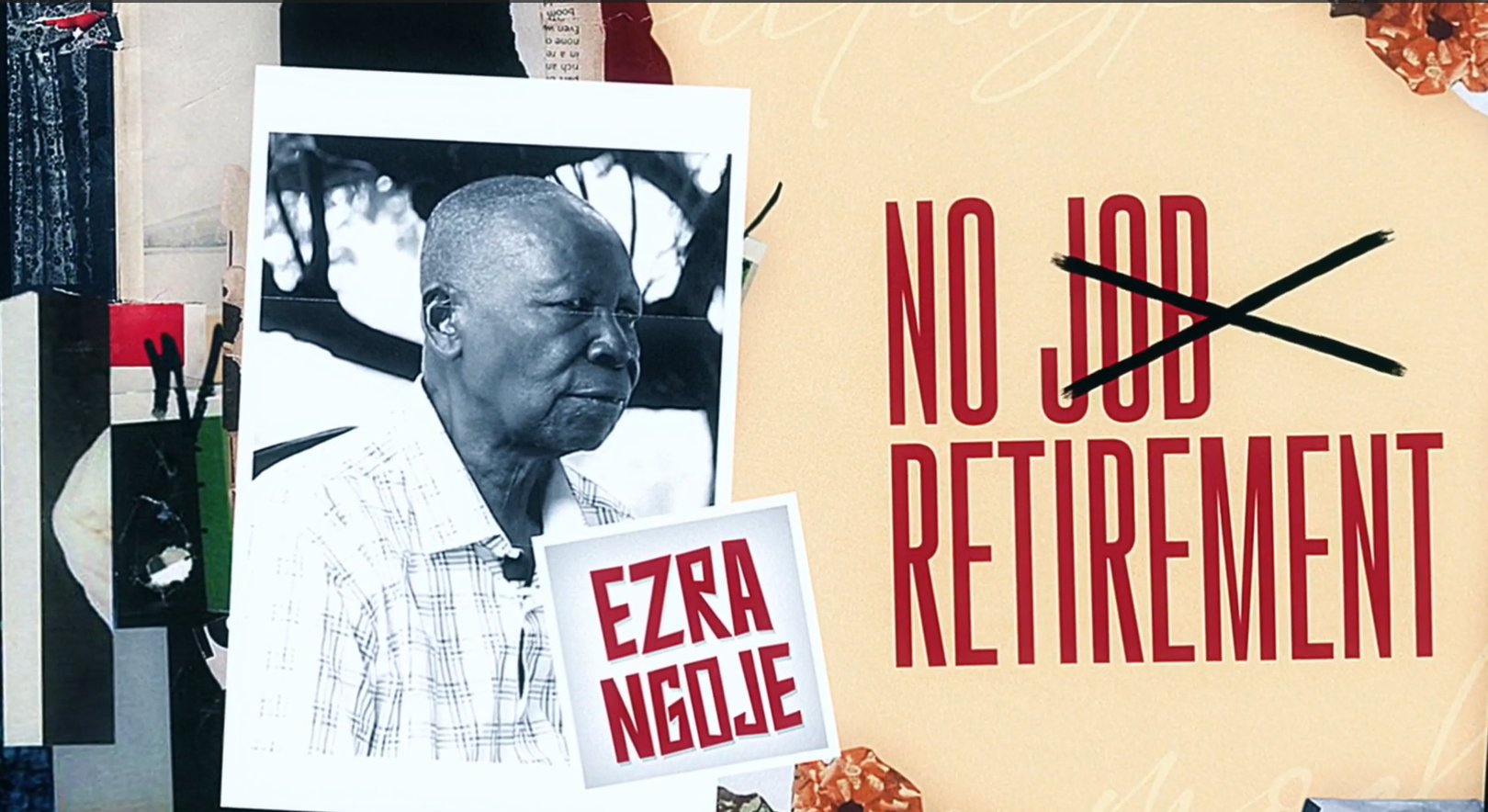
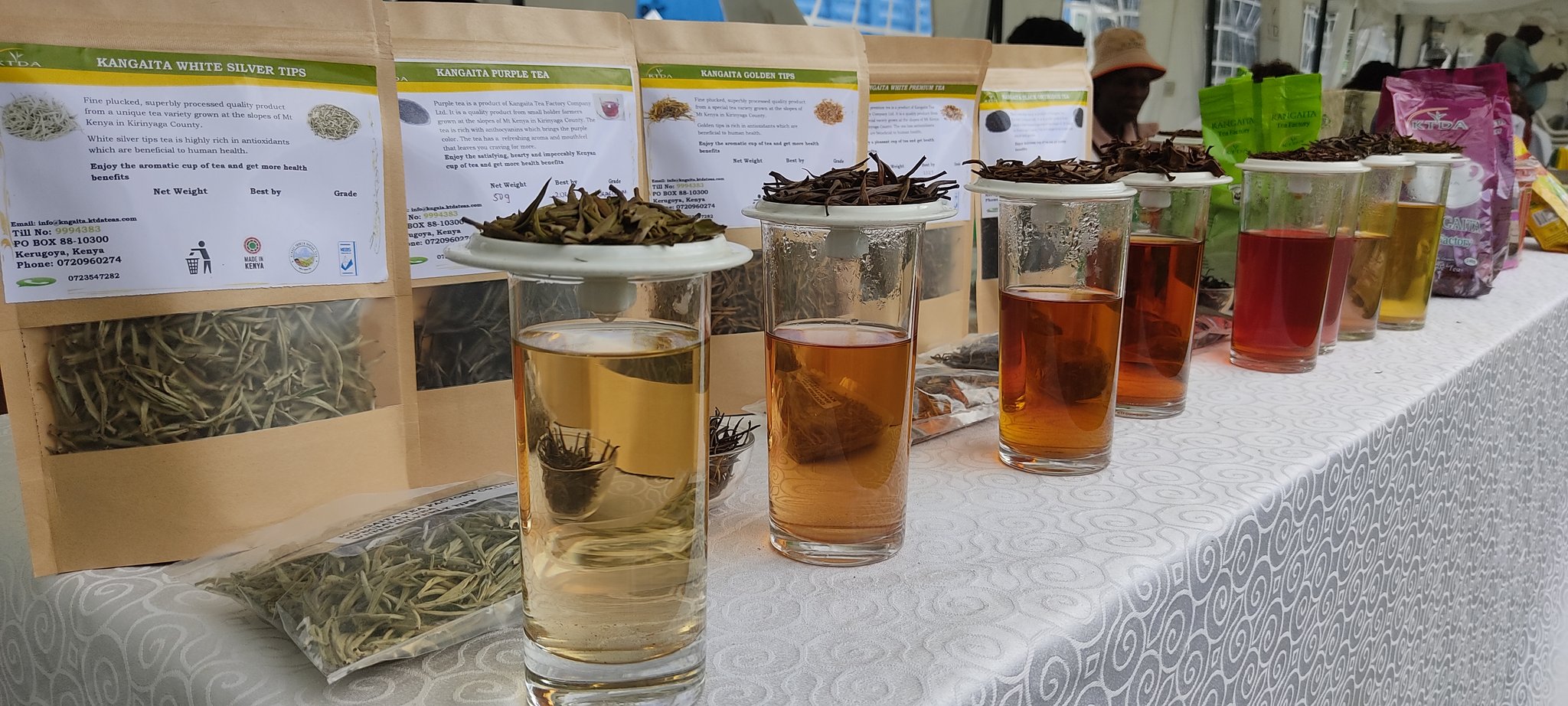
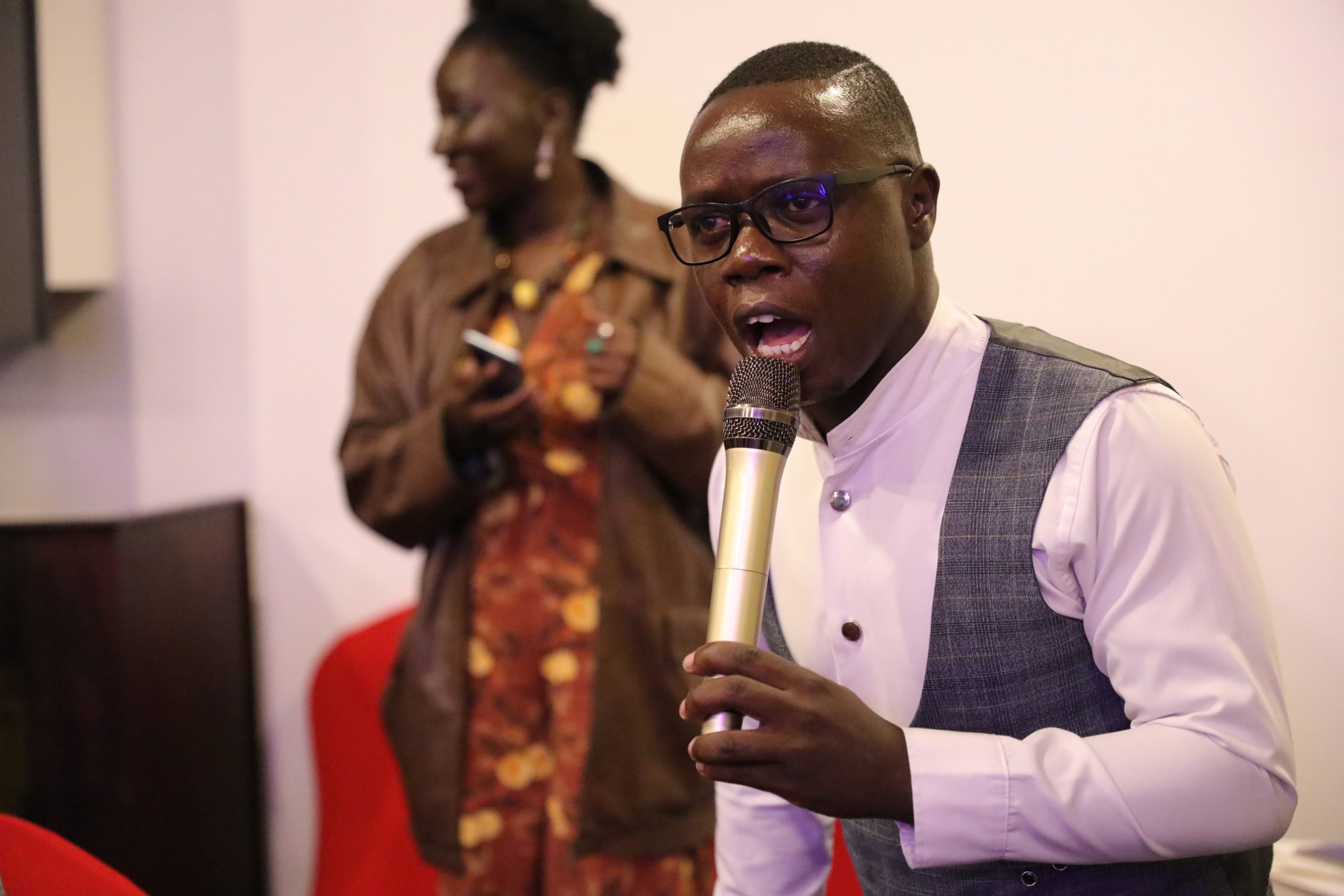



Nice read